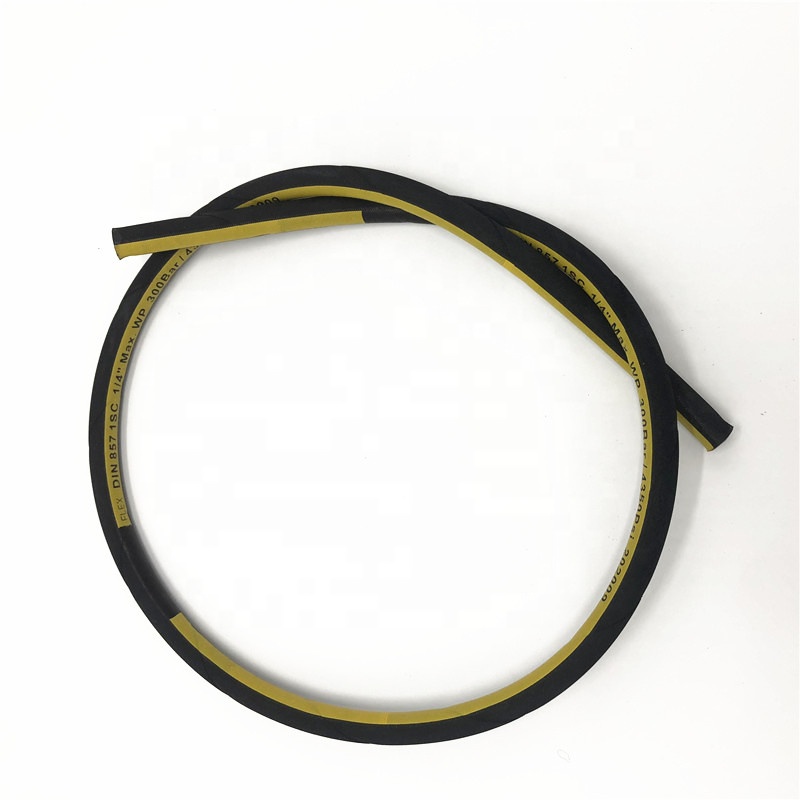335345435
nov . 25, 2024 03:08 Back to list
Understanding Hydraulic Hose Fittings Essential for Efficient Fluid Transfer Systems
Understanding Hydraulic Hose Fittings An Essential Component in Fluid Power Systems
Hydraulic hose fittings play a crucial role in the efficient functioning of hydraulic systems, which rely on fluid power to transmit energy. These fittings are essential components that connect hoses to pumps, cylinders, and other devices in hydraulic circuits. Their significance cannot be overstated, as they ensure the secure and leak-free transfer of hydraulic fluid, which is pivotal for the performance and reliability of various machinery and equipment.
Types of Hydraulic Hose Fittings
Hydraulic hose fittings come in various types, each designed for specific applications and types of hoses. The most common types include
1. JIC (Joint Industry Council) Fittings These fittings are characterized by a 37-degree flare and are designed to provide a leak-proof seal. JIC fittings are widely used in high-pressure systems and offer excellent resistance to vibration.
2. NPT (National Pipe Tapered) Fittings Commonly used in plumbing applications, NPT fittings feature a tapered design that provides a tight seal when joined with another fitting. They are often used in combination with other types of hydraulic fittings.
3. BSP (British Standard Pipe) Fittings BSP fittings come in two types parallel and tapered. They are commonly used in countries that follow British standards and are compatible with a wide range of hydraulic applications.
4. ORFS (O-Ring Face Seal) Fittings These fittings feature an O-ring that provides a seal on the face of the fitting, which eliminates the need for extra sealing devices. ORFS fittings are ideal for high-pressure hydraulic systems.
hydraulic hose fittings

Key Considerations for Selection
When choosing hydraulic hose fittings, several factors must be taken into account to ensure optimal performance
- Compatibility It is crucial to select fittings that are compatible with both the hose and the hydraulic fluid being used. Incompatible materials can lead to leaks, premature wear, and catastrophic system failure.
- Pressure Rating Fittings must be rated to handle the maximum pressure of the hydraulic system. Using fittings with insufficient pressure ratings can compromise safety and lead to leaks or ruptures.
- Temperature Resistance The operating temperature of the hydraulic system is another critical factor. Fittings must be able to withstand both low and high temperatures without degrading.
- Ease of Assembly and Maintenance Choosing fittings that are easy to install and disassemble can save time and effort during maintenance and repair tasks.
Conclusion
Hydraulic hose fittings are integral to the efficiency and safety of hydraulic systems. By understanding the various types of fittings available and considering factors such as compatibility, pressure rating, and temperature resistance, engineers and technicians can make informed choices that will enhance the longevity and reliability of hydraulic machinery. As industrial applications continue to evolve, the importance of selecting the right hydraulic hose fittings will remain paramount, ensuring seamless operation in a variety of sectors, from manufacturing to hydraulic engineering.
-
High-Quality Distribution PTFE Hose for Industrial Flexibility
NewsJul.23,2025
-
Durable Pressure Washer Rubber Hose for Hot Water & High Flexibility
NewsJul.22,2025
-
Twin Hydraulic Hose for Efficient Fluid Transfer | Durable & Flexible
NewsJul.22,2025
-
Twin Hydraulic Hose | High Pressure & Durable
NewsJul.21,2025
-
Discount Hydraulic Hose Factories | Top Quality & Discounts
NewsJul.20,2025
-
EN856 4SP Hydraulic Hose - High Pressure & Durable
NewsJul.20,2025



